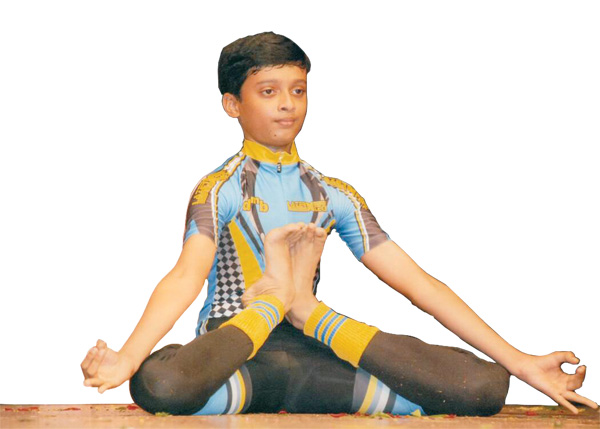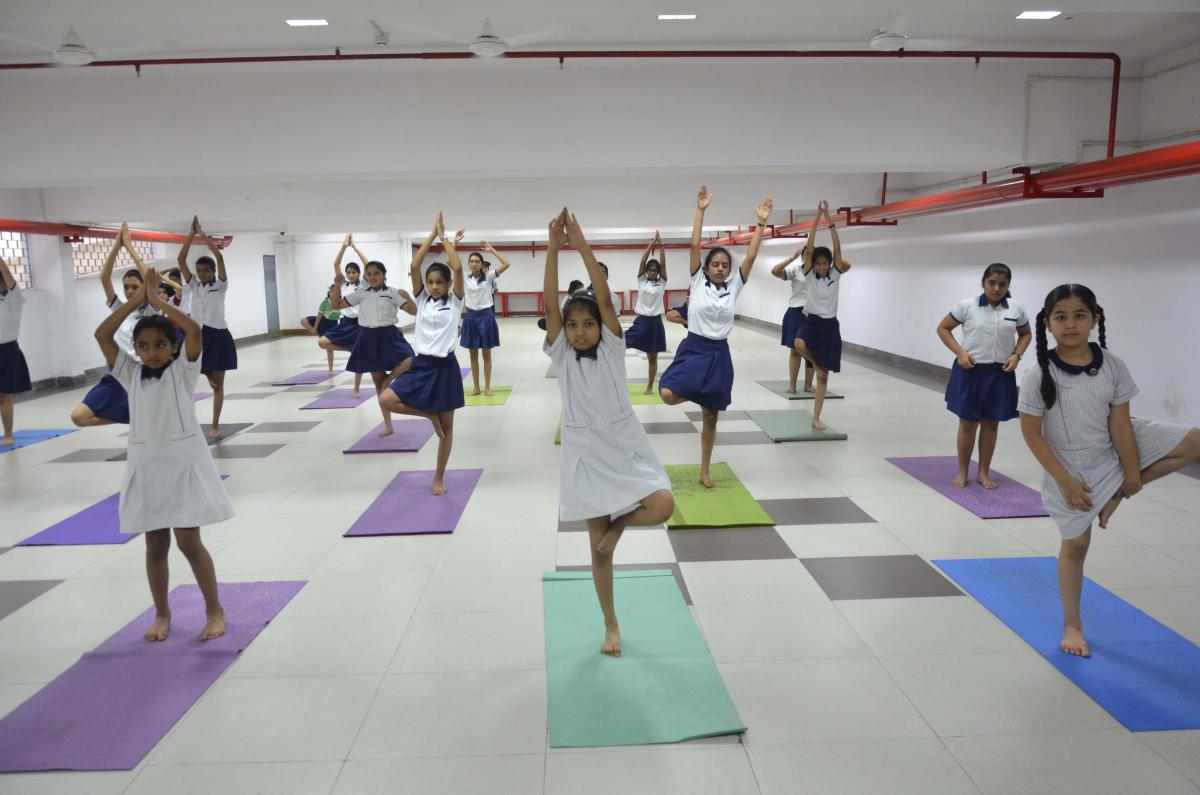Essence of bhakti yoga
Ramanuja has propounded the path of Saranagati and Prapatti as most efficacious in the attainment of salvation. When one seeks surrender at the Lord’s feet with a heart full of love and devotion to the Lord, one automatically becomes a practitioner of the bhakti yoga explained by Krishna in the Gita, pointed out Velukkudi Sri Krishnan in a discourse.
Bhakti yoga is shown as the higher path to salvation through the paths of karma and jnana. The paths may seem different but are not mutually exclusive and the end they seek is the vision of the atma and of the Paramatma. Jnana in a jivatma begins with the understanding that one’s identity is the atma and not the body-mind consciousness. This leads to the recognition of the supremacy of Lord to whom the individual atma owes eternal allegiance.
From this stage, there is no obstruction to attain the state of devotion to the Lord at all times. All azhwars exemplify this kind of bhakti that is seen as the highest Purushartha for the jivatma. In one who has surrendered to God, there is no ill will towards anyone or anything and only good will to all. Fully aware of his inadequacies and helplessness, he offers his entire existence, body and soul inclusive, to the Lord. He reposes absolute faith in the protecting power of the Lord and this frees him from any worry or anxiety. There is only continuous flow of thought towards the Lord, just as of oil that is poured from one vessel to another.
This kind of unrestricted flow of bhakti and consciousness towards the Lord is the essence of the bhakti yoga explained in the Gita. Jnana, karma and bhakti are blended for the harmonious flowering of bhakti when one surrenders to God with total faith and devotion.











